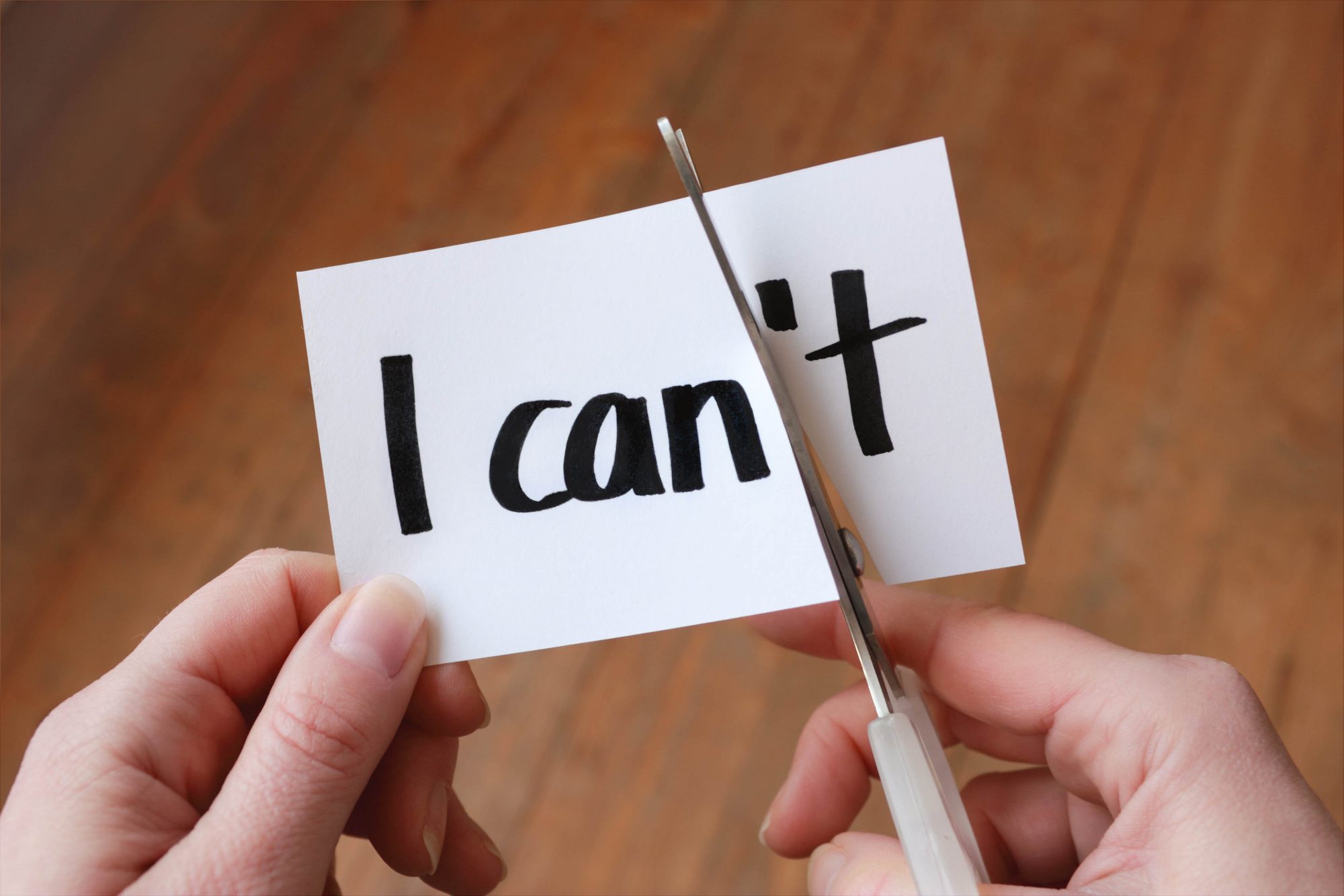Introduction

The Science Behind Positive Thinking

Positive thinking goes beyond mere optimism; it has been scientifically proven to bring about numerous benefits. Researchers have discovered that adopting a positive mindset can have a profound impact on our psychological and physiological well-being. Studies have shown that positive thinking can reduce stress levels, boost immune function, and improve cardiovascular health. Furthermore, it has been found to enhance cognitive abilities, promote creativity, and increase overall life satisfaction. These findings provide strong evidence for the power of positive thinking in transforming our lives.
The Role of Community in Positive Thinking

Our community plays a crucial role in shaping our mindset and influencing our thoughts and behaviors. Surrounding ourselves with a supportive and encouraging community can greatly impact our ability to maintain a positive outlook on life. When we are surrounded by like-minded individuals who share our values and beliefs, we experience a sense of belonging and acceptance, which fosters positivity and resilience. Community connection provides a support system, allowing individuals to lean on one another during challenging times and celebrate together during moments of triumph.
Creating a Positive Community Environment

To create a positive community environment, it is essential to promote values such as compassion, empathy, and understanding. These qualities create a safe space where individuals can feel free to express themselves and be authentically heard. Active listening and open communication are crucial in fostering positivity within the community. By actively listening to others and maintaining open lines of communication, misunderstandings can be avoided, and conflicts can be resolved in a constructive manner. This kind of environment allows for healthy discussions and the exchange of diverse perspectives, ultimately leading to a more positive and inclusive community.
Building Stronger Connections
Building meaningful relationships within the community is instrumental in maintaining a positive mindset. Establishing connections with others who share common interests and goals creates a sense of camaraderie and support. Genuine friendships nurture positivity by providing emotional support, motivation, and a sense of belonging. Engaging in activities within the community, such as volunteering or participating in group projects, also strengthens these connections. By actively engaging with others and fostering relationships, individuals can experience increased happiness and life satisfaction.The Power of Collective Positive Thinking
When a community adopts a collective positive mindset, it becomes a powerful force for change. The power of collective positive thinking lies in its ability to create a ripple effect, influencing individuals far beyond the immediate community. When a group of like-minded individuals come together with a shared vision and determination, they can inspire others to adopt a positive mindset, creating a chain reaction. This collective positivity not only fosters personal growth but also empowers communities to address social issues, leading to meaningful and lasting change.Empowering Youth through Positive Thinking
Nurturing positive thinking skills among young individuals is crucial for their personal development and well-being. It is essential to provide them with mentors and role models who exemplify the power of positive thinking. By exposing youth to positive influences, they can learn to approach challenges with resilience, cultivate a growth mindset, and develop a strong sense of self-confidence. Empowering young individuals with positive thinking skills equips them to navigate the complexities of life and become agents of positive change in their communities.Overcoming Obstacles to Positive Thinking
While cultivating positive thinking has numerous benefits, it is not without its challenges. Common obstacles include negative thought patterns, self-doubt, and external influences that instigate negativity. Overcoming these obstacles requires self-awareness and the adoption of strategies that promote positive thinking. One effective strategy is reframing negative thoughts into positive affirmations. Additionally, practicing gratitude and mindfulness can help shift focus away from negativity and foster a more positive mindset within the community.Promoting Well-being through Positive Thinking
Positive thinking has a significant impact on both physical and mental health. Research has shown that individuals with a positive mindset tend to experience reduced levels of stress, improved sleep quality, and enhanced immune function. Positive thinking also plays a crucial role in self-care routines, promoting resilience and overall well-being. Incorporating practices such as meditation, gratitude journaling, and positive affirmations into daily routines can contribute to maintaining a positive mindset and improving overall quality of life.The Role of Education in Cultivating Positive Thinking
Integrating positive thinking practices into the educational curriculum can have long-term benefits for students and society as a whole. Teaching students the power of positive thinking equips them with the tools to navigate challenges, develop resilience, and achieve personal and academic success. By incorporating positive thinking practices, such as mindfulness exercises and emotional intelligence training, educators can create a supportive and empowering learning environment that fosters positive mindsets among students.Enhancing Productivity and Success with Positive Thinking
Positive thinking has a direct correlation with professional achievement and success. By adopting a positive outlook and maintaining an optimistic mindset, individuals can increase productivity, motivation, and overall job satisfaction. Organizations can promote a positive work environment by providing opportunities for growth and recognition, fostering open and transparent communication, and encouraging a culture of collaboration and support. By integrating positive thinking into the workplace, organizations can cultivate a thriving and productive workforce.Positive Thinking for Personal Growth
Positive thinking can be a powerful tool for personal development. By embracing a positive mindset, individuals can enhance self-confidence, resilience, and motivation. When faced with challenges or setbacks, a positive mindset allows for reframing these experiences as opportunities for growth and learning. Positive thinking also encourages individuals to step out of their comfort zones, take risks, and pursue personal goals and aspirations. By utilizing positive thinking as a tool for personal growth, individuals can tap into their full potential and lead more fulfilling lives.The Connection Between Positive Thinking and Happiness
Positive thinking is closely linked to happiness. Maintaining a positive mindset allows individuals to cultivate gratitude, find joy in everyday experiences, and appreciate the beauty of life. By focusing on positive aspects and reframing negative situations, individuals can enhance their overall happiness and life satisfaction. When communities come together to promote positive thinking, they create an environment that fosters gratitude, joy, and collective happiness.The Challenges of Cultivating Positive Thinking in a Digital Age
In today's digital age, social media and technology have become integral parts of our lives. However, they can also pose challenges to maintaining a positive mindset. The constant exposure to curated and idealized versions of others' lives on social media can lead to comparison and feelings of inadequacy. Additionally, the addictive nature of technology can distract individuals from nurturing genuine connections and experiencing real-life moments. Balancing digital engagement while prioritizing positive thinking requires conscious efforts to limit exposure, practice mindfulness, and engage in activities that promote positivity and face-to-face interaction.Promoting Diversity and Inclusivity through Positive Thinking
Positive thinking plays a vital role in fostering inclusivity and embracing diversity within communities. By promoting a positive mindset, biases and stereotypes can be challenged and overcome. Individuals who embrace positive thinking are more likely to appreciate and accept people from different backgrounds, cultures, and perspectives. By valuing diversity and actively promoting inclusivity, communities can create an environment that celebrates various identities and voices, leading to stronger, more harmonious relationships.Community Initiatives for Positive Thinking
Numerous successful community programs and initiatives are dedicated to promoting positive thinking. These grassroots movements focus on inspiring individuals to adopt a positive mindset and actively work towards creating positive change within their communities. Programs such as mentoring, support groups, and volunteer organizations provide individuals with opportunities to connect with like-minded individuals and engage in activities that promote positivity and personal growth. These community initiatives serve as beacons of hope, reminding individuals of the power of positive thinking and its potential to transform lives.Spreading Positivity: The Use of Social Media and Digital Platforms
In the age of social media and digital platforms, spreading positive messages has become easier than ever. By leveraging these platforms, individuals and communities can share uplifting content, inspiring stories, and practical tips for cultivating a positive mindset. Social media also allows for the formation of online communities that provide support and encouragement. However, it is important to be mindful of the potential pitfalls and ethical considerations, such as avoiding spreading misinformation or promoting toxic positivity. Responsible and intentional use of social media can contribute to the collective effort of spreading positivity and building a supportive online community.Overcoming Negative Influences and Developing Resilience
Negativity and setbacks are inevitable in life, but by adopting positive thinking, individuals can overcome these challenges in a constructive way. Developing resilience is essential in bouncing back from adversity and maintaining a positive mindset. Strategies such as reframing negative experiences, seeking support from the community, and practicing self-care can help individuals navigate difficult times while staying focused on positive outcomes. By acknowledging negative influences and actively working on developing resilience, individuals can overcome obstacles and continue on their path towards personal growth and success.Conclusion
In conclusion, positive thinking holds tremendous power in transforming lives. Cultivating a positive mindset not only enhances personal well-being but also creates a ripple effect that spreads positivity, fosters inclusivity, and empowers communities to drive change. By building a culture of positive thinking within our communities, we can strengthen connections, promote well-being, enhance productivity, and ultimately create a happier, more fulfilling society. Let us embrace the power of positive thinking together, one thought at a time.Frequently Asked Questions (FAQs)

Q1. What are some practical exercises to develop a positive mindset?
Engage in gratitude journaling every day to focus on the positive aspects of life.Practice daily affirmations to challenge and reframe negative thoughts.
Engage in mindfulness meditation to cultivate awareness and reduce stress.


